There pulmonary (or pulmonary) is a plant of the family of Borraginaceaethe same as the most famous borage. Its scientific name is Pulmonaria officinalis and it grows spontaneously especially in humid places. Being very aesthetically pleasing, it can be grown in the garden. Furthermore, it is known in folk medicine for its beneficial properties, which are still exploited today in herbal medicine.
So let’s see the botanical characteristics of this plant, the cultivation techniques and its beneficial properties.
Origin of the name Pulmonaria
The name pulmunaria comes from the Latin more, pulmònis= lung, and refers to the white spots covering the leaves, which vaguely resemble the appearance of a lung (this is why it is sometimes simply called pulmonary).
This little plant also has many regional names, for example: pulmonaja grass And flatbread in Liguria, fiur d’la Madona And permonary in Piedmont, lungwort and stained grass in Lombardy, bocalose And latarina in Veneto, pulmonaeria in Emilia-Romagna, wild borrana in Tuscany, plusella in Abruzzo, pulmonary grass in Puglia.
Description of the pulmonaria
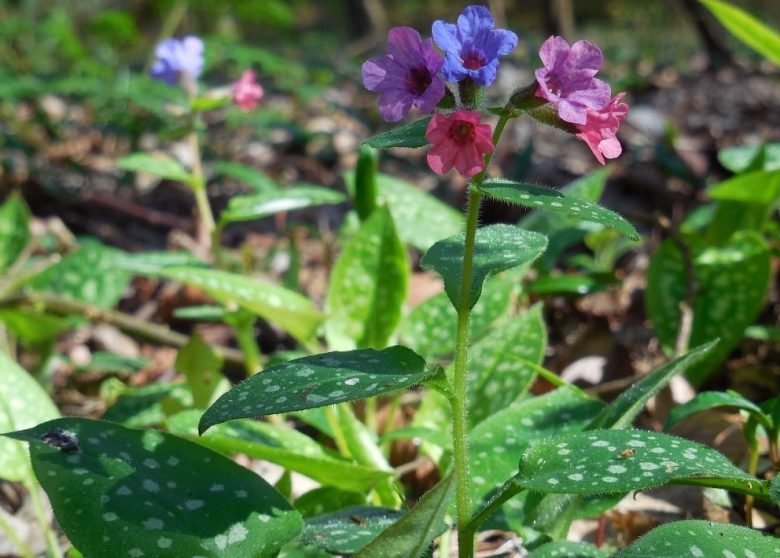
There Pulmonaria officinalis is a perennial plant, which survives thanks to its fleshy, branched and creeping rhizome. A rosette of basal leaves and stems develop from the rhizome. These are erect, simple (often leafless), up to 30-40cm tall. All parts of the plant are more or less hairy.
Leaves
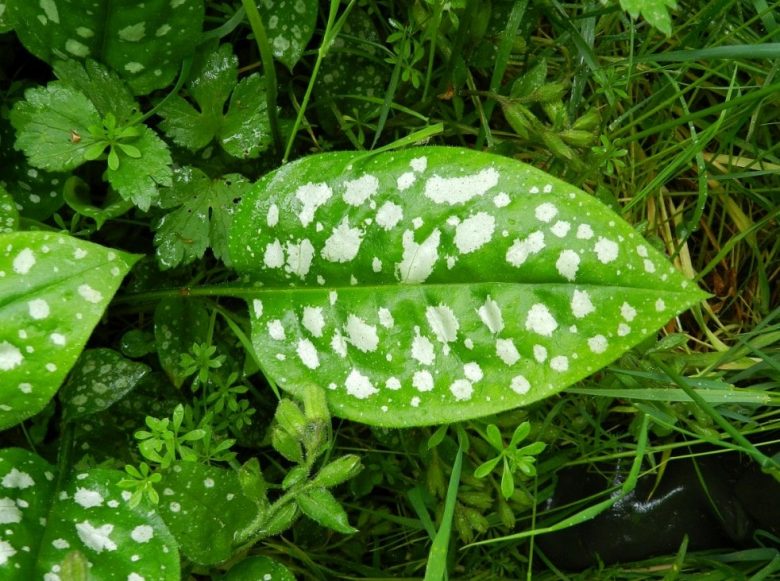
The leaves of the pulmonaria are oval-elliptical in shape, with the largest base and heart-shaped. The apex is sharp, the entire margin and the very hairy surface. They have a long, sometimes slightly winged petiole. The leaves have the leaf blade spotted with whitish or lighter areas, a distinctive sign of the plant.
Flowers
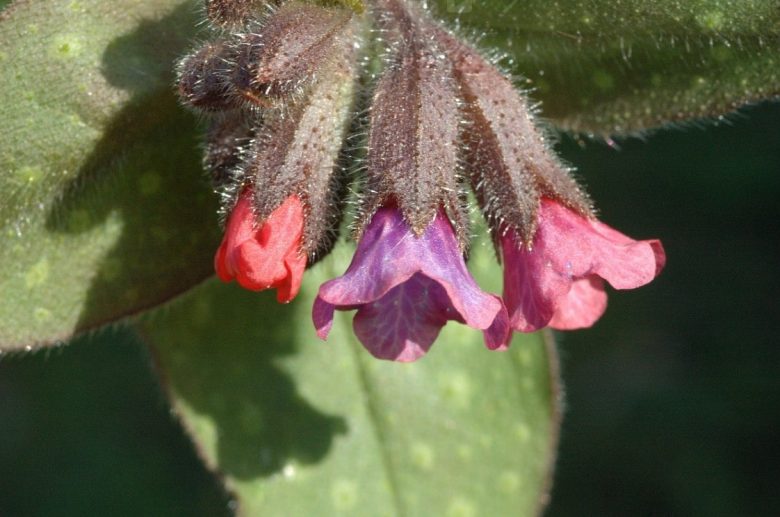
The flowers are carried by one or two terminal racemes. The calyx is tubular and ends with five triangular teeth. The corolla is also tubular in the lower part, widens like a bowl and ends in 5 oval lobes. Particularity of the flowering is the color of the corolla: reddish-rosacea at the opening, then blue-violet in full bloom, finally whitish at the withering. This means that on the same plant we can observe many different colors at the same time.
Flowering occurs in early spring, in March-April. Pollination is entomophilous, operated by both bees and other pollinating insects.
Fruits
The fruit is composed of 4 oval achenes terminated by a conical tip and enclosed in the bottom of the glass, which becomes longer during ripening.
Pulmonary habitat and diffusion
The pulmonaria grows from the hill to the mountain area, preferring very humid and shady areas, even marshes. It is more widespread in the Center and North, less so in the South.
How to grow pulmonaria in the garden
Due to its graceful habit and colorful flowering, pulmonaria is perfect for growing in the garden. The plant itself is rustic, resistant to the cold, but less to the heat, so it is necessary to identify a portion of the shaded garden, perhaps at the foot of hedges and trees.
Ground
For the cultivation of pulmonaria the ideal is a soil similar to that of the undergrowth, with a pH tends to be acidic, a good supply of organic matter and a loose structure. If your soil is alkaline and poor, before sowing we advise you to amend the peat (like this one) and some light fertilizer, like earthworm humus.
Sowing
Pulmonaria easily propagates from seed, in the same way we have seen for sowing of borage.
Sowing can be done in autumn or early spring, directly in the ground or in small pots. In pots, it is recommended to use a mix of peat and perlite.
The seeds you can find them here. It self-seeds easily, so once planted you will have it in your garden for a long time.
Subdivision of the tufts
If you do not want to start from the seed, you can reproduce the pulmonaria with the division of the tufts. This operation is preferably carried out in autumn, by removing pieces of the rhizome of adult plants, to be planted in pots or directly in the ground. Before planting, it is advisable to air dry the new seedling obtained from the mother plant for a few days.
Flowered border
Of course, you can also buy pulmonaria seedlings ready for transplantation in the nursery. If you want to create a flowering border in your garden, a rather intense planting layout is appropriate, with 7-10 plants per square meter. Along a row it is good to leave 10-15 cm between one plant and another.
Irrigation
In the summer, if there is no rain, the pulmonaria plants should be watered regularly, especially if the garden soil tends to dry out and compact. Give the water without exceeding, so as not to cause rotting of the root system.
Parasites
As for parasites, pulmonaria is very popular with snails and slugs, which gnaw the tender shoots. To keep them away, eggshells can be crumbled around the plant. Another, more radical solution is the predisposition of traps with beer.
Active principles of pulmonary
The main constituents of lungwort are: mucilages, saponins, tannins and resins.
From these elements derive sweat, vitaminizing and emollient properties.
Indications
The properties of this plant are manifold. As mentioned, the name pulmonaria derives from the observation of the spots that dot the leaves, which resemble the appearance of a lung. Also for this reason, popular medicine, which believed that sometimes the shape of a plant or its parts indicated its therapeutic use, used it with some beneficial effect in lung diseases.
More modern studies have validated its sweat properties, but not completely its pulmonary properties, although the saponin content suggests its use as a toxifuge.
The mucilages, above all, make it a good emollient for throat ailments that accompany cough, for hoarseness and for lowering of voice. Today pulmonaria is sold in herbal medicine especially as non-alcoholic mother tincture extract.
Other uses
The tender and fresh leaves are edible, they are typically used in soups, a bit like borage leaves. Fresh juice, always extracted from the leaves, has dietary properties, due to its excellent content in vitamins A and C.

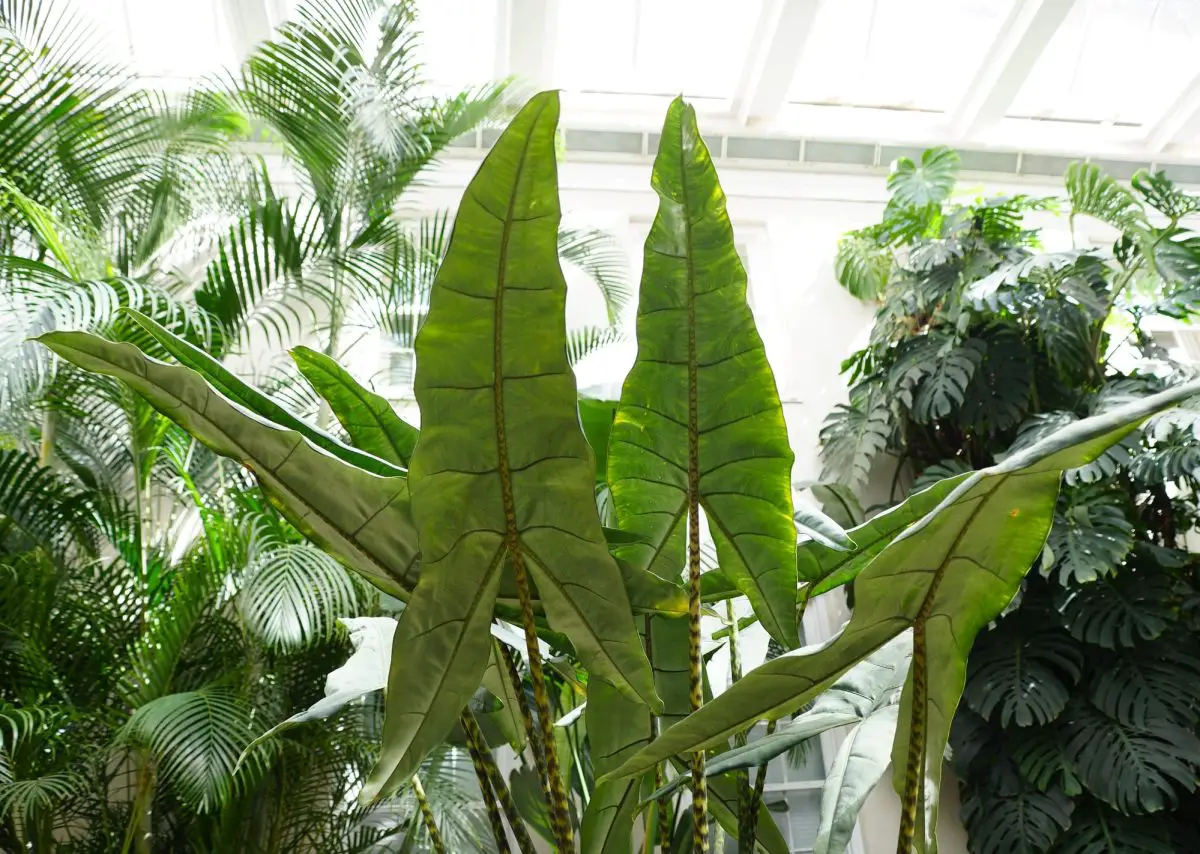
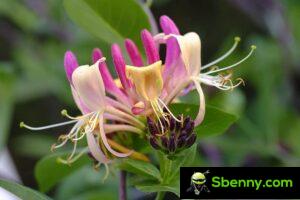
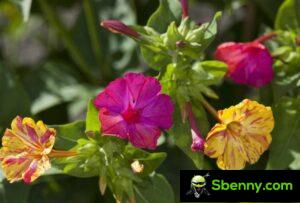
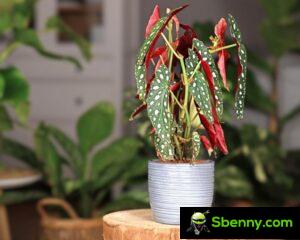
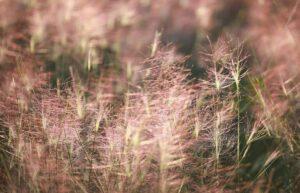
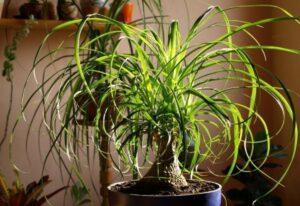
Start a new Thread